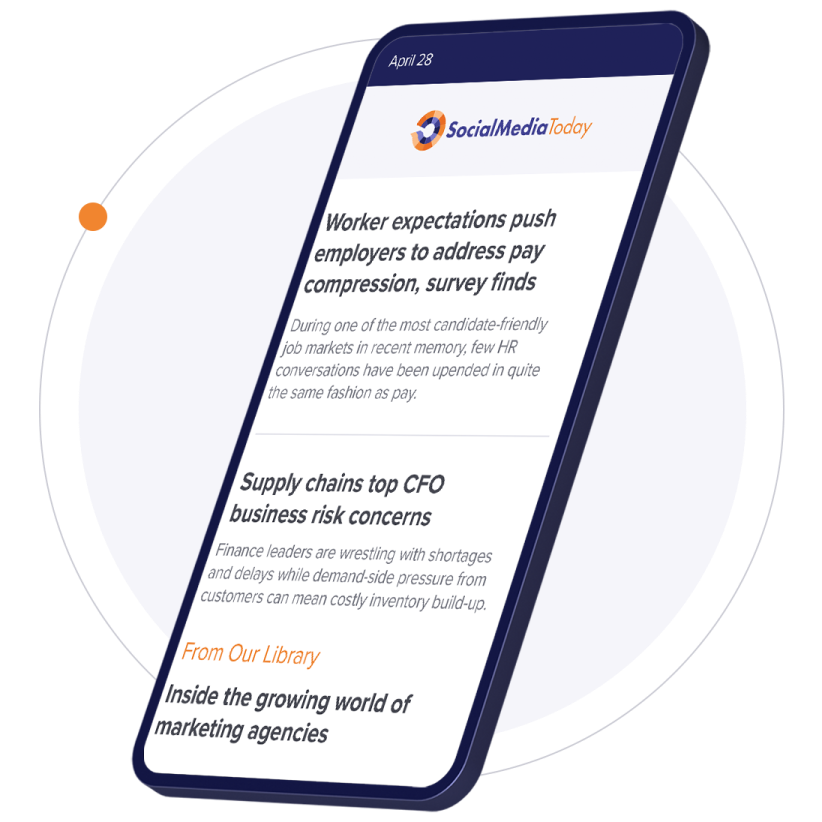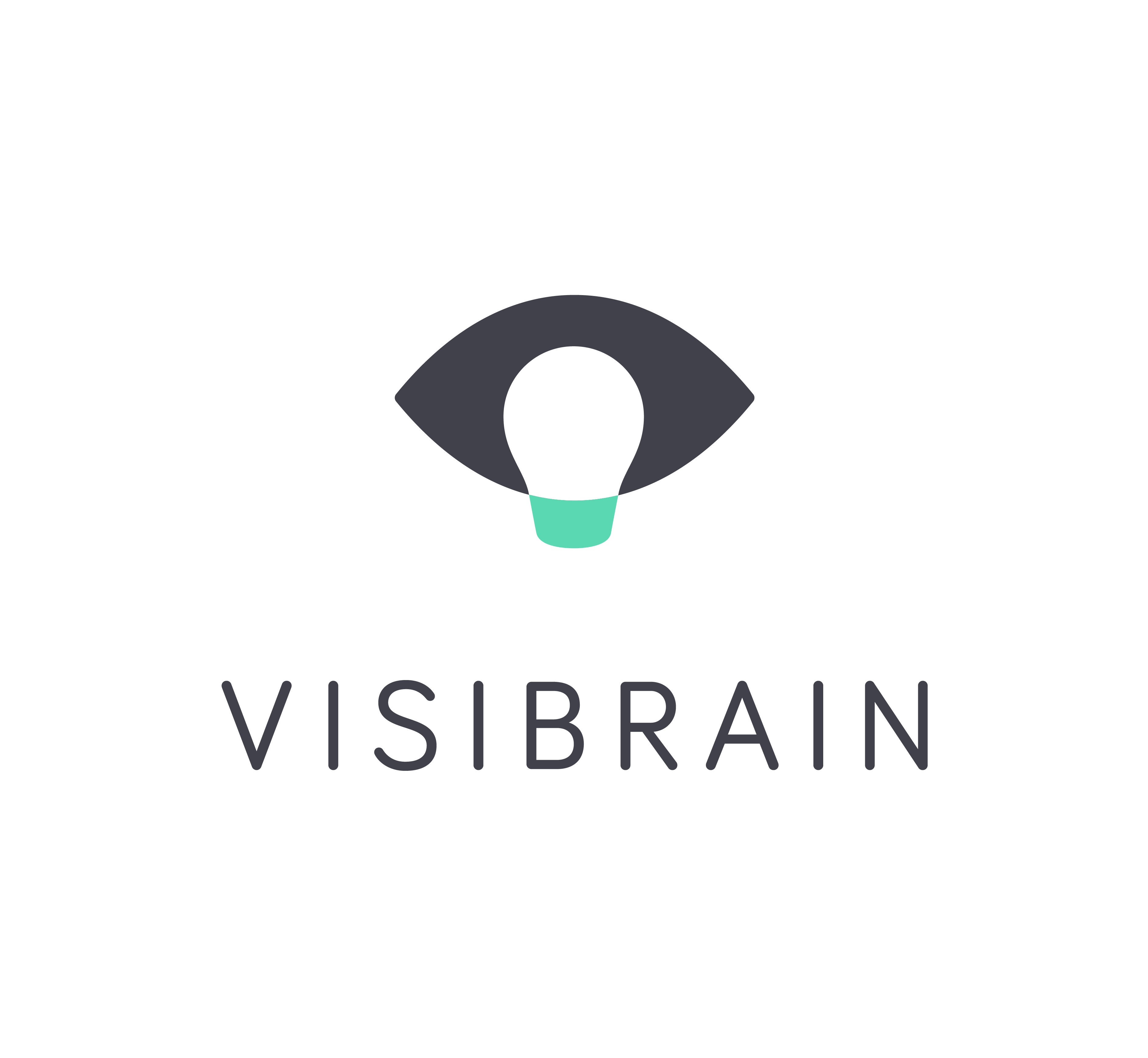 As corporations transition from recognizing the need for a social media presence to recognizing the need for providing customer service through these channels, the importance of having an effective measurement framework has grown. The purpose of a metrics framework is to ensure that a social customer care program is achieving its business goals and objectives. Metrics should also ensure personnel are achieving their potential and that operations are efficient.
As corporations transition from recognizing the need for a social media presence to recognizing the need for providing customer service through these channels, the importance of having an effective measurement framework has grown. The purpose of a metrics framework is to ensure that a social customer care program is achieving its business goals and objectives. Metrics should also ensure personnel are achieving their potential and that operations are efficient.
Traditional social media metrics, such as "likes" and "follows," are good for measuring top-of-the-funnel activities but will not necessarily correlate to a successful social care program grounded in business goals. Tools to measure the effectiveness of a social care program are important for several reasons:
- Understanding economic impact. With social media's prevalence, it is extremely important to track its economic impact on your brand. Metrics such as reach, loyalty and conversion rate help measure how much more business value is gained through social care interactions and how much brand equity is built through positive interactions.
- Filtering and prioritizing posts for agents. With a limited number of contact center resources it becomes increasingly important to determine which posts require a response. Effectiveness metrics such as influence and a brand evangelist index can help prioritize posts. For instance, a new post from a recognized brand evangelist with 10,000 followers should receive priority.
- Routing the right post to the right agent. In most contact centers, agents are assigned to queues by skill sets. One group may specialize in complaints and another group may specialize in converting sales. Sentiment analysis, or keyword filtering, helps determine which posts need to be routed to which group.
Effectiveness measures provide contact center managers with an evaluation of how social care conversations affect overall brand perception. Here are seven metrics that call centers can use to manage and evaluate the effectiveness of their social care responses.
- Reach: Aggregate number of people who can possibly read agent responses for a pre-defined interval of time. Adding up the potential audience does not mean that the entire audience will see every message, but it can serve as a proxy for the number of direct impressions that can be made. Reach is quantified by summing the number of people who are subscribed, following, or friended, for example, on the social channels where agents are posting messages.
- Potential Influence: Aggregate number of people who are connected to the Reach audience, or the sum of the second-level of impressions that could be made if messages are re-published to these audiences. This does not mean that a message will reach the second-level audience but is again used as a way to measure potential impressions. Potential Influence can be calculated by summing the different influence metrics from each of the social networks. For example, Twitter publishes how many followers a Tweeter has and how often they tweet. Facebook publishes how many friends a given member has. Polling the application programming interfaces (APIs) of the different social networks and summing the connections an audience has provides a measure of potential influence.
- Conversion Rate - customer satisfaction: The rate that a dissatisfied customer is converted to a satisfied customer through a social care interaction. Calculations can be made based on customer satisfaction surveys or tracking posts going from negative to positive sentiment.
- Conversion Rate - revenue generation: The rate at which a sale is made because of a social care interaction with calculations based on checkout analysis.
- Brand Evangelist Index (BEI): Indicator of how likely a customer is to evangelize a brand on social networks. Historically, BEI has been calculated by correlating and summing customer satisfaction surveys. The most satisfied customers are more likely to be brand evangelists. Sentiment analysis is a more efficient way to see who is most positive about your brand.
- Loyalty: A customer who continually purchases from a company when alternative, comparable products are available from competitors. Loyal customers are often brand advocates and price insensitive. Net Promoter Score (NPS) and Likelihood to Recommend (L2R) are accepted measures of loyalty that can be calculated through a survey.
- Sentiment: The attitude, opinion, emotional state, or intended emotional communication of a social post, which can be used to route the post to the appropriate agent/department for resolution. Statistical models can be used to calculate a poster's sentiment. Traditionally, sentiment analysis accuracy is low (less than 70%) but by having the agent properly classify the sentiment and feeding that classification back into the statistical model, accuracy will continually improve.
Contact center managers must determine which metrics will help measure success. Until now, calculating these metrics has been largely manual, but technology is rapidly evolving to automate the processes. In the end, a strong performance management system that moves beyond likes and follows is essential for measuring social care effectiveness.
For more information on the social care metrics defined here, download the related white paper by TELUS International, Oracle and Kenna Inc., entitled 'Measuring Social Media in the Contact Center.'
Image: iQoncept /Shutterstock






